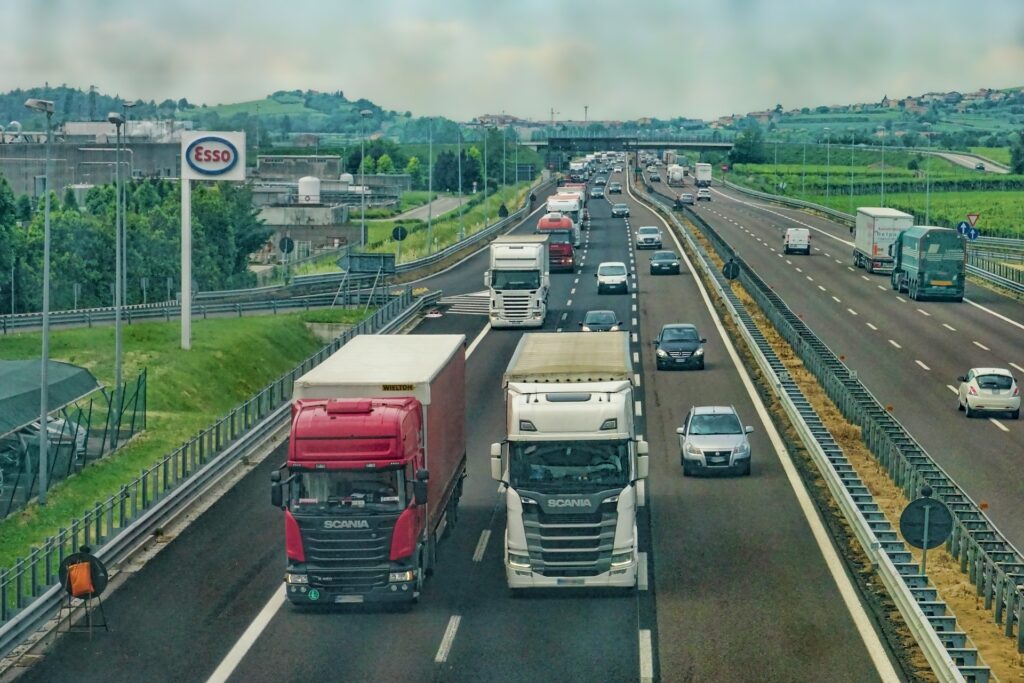Businesses Getting Creative to Slash Fuel Expenses

As 2023 gets underway amid record-high inflation and a global supply chain crisis that has shown no signs of abating, businesses in every sector are trying to cut fuel costs across the board. Recent setbacks in peace talks related to the Russia-Ukraine war have dampened hopes that the volatile petroleum markets would fall back in line. As inflation in the US and several other developed nations continues to threaten profit margins, corporate owners are getting creative in their battle against rising gasoline, diesel, and natural gas prices.
Those with the biggest stake in the war on fuel expenses include transport companies, government agencies, cities, states, and private, for-profit organizations in all segments of the economy. The obvious frontline combatants include businesses that operate vehicle fleets, primary consumers of the world’s oil supply.
Fleet management teams are working overtime to figure out ways to beat rising fuel costs. For most, the first line of attack includes learning about ways to boost efficiency by studying detailed guides on the subject. One example of techniques that have brought success is to decrease rapid acceleration and heavy braking in all fleet trucks. Not only does undue acceleration burn excess amounts of fuel, but excessive braking leads to engine inefficiencies of many kinds.
While transport firms wage war against high pump prices, city and state governments are in a race to replace all their combustion powered cars, vans, and small trucks. Some agencies and municipalities, as well as state agencies, are transitioning to natural gas cars, EVs (electric vehicles), and PHEVs (plug in hybrid EVs). Government entities, at the national and local levels, were in the forefront of sustainable transportation and are remaining true to their commitments to supplant fossil fuels within the next decade.
Commercial companies are leveraging the power of private industry creativity to solve some of the problems associated with the rising cost of petroleum-based products. One of the most widespread tactics, and one that gained major traction since the COVID pandemic took hold in early 2020, is telecommuting. It’s one of the ways smart companies minimize their expenses and now common practice for small businesses to encourage employees to work from their homes. For owners, the move is a win-win because it not only helps them save money on office rent but cuts down on liability insurance needs as well.
In cities large enough to support extensive bus and rail lines, corporations are fixing finances by leveraging the power of public conveyances to get people to and from their jobs. In addition to highly developed carpool networks, owners can take advantage of available transport infrastructure for their own purposes. Many downtown vendors now open and close their shops in tandem with bus schedules.
Some small businesses have even reset their operating hours around bus and light rail schedules to better accommodate employees who can’t rely on private vehicles or carpools to get to their jobs. The combination of light rail options, city-wide bus routes, and carpooling groups have given entrepreneurs another powerful weapon in their constant fight to keep fuel expenses as low as possible.